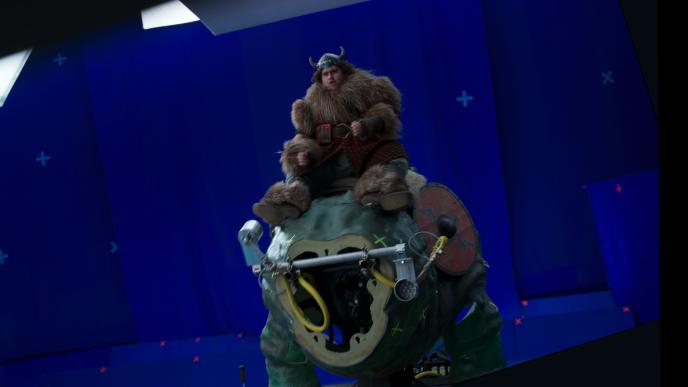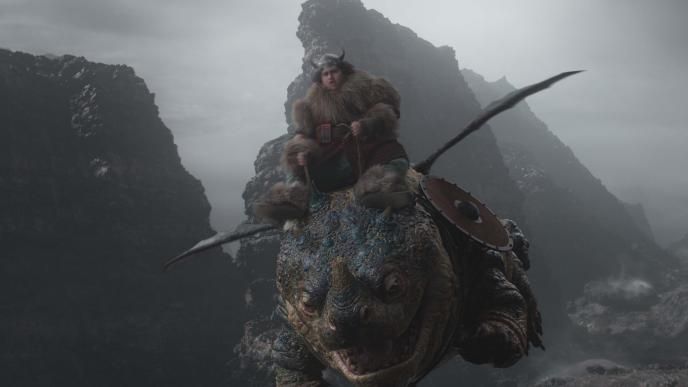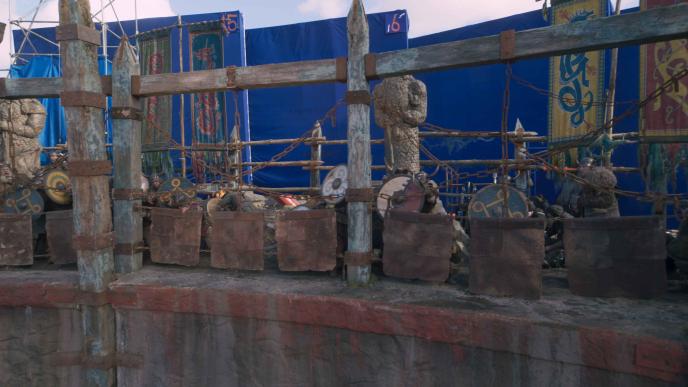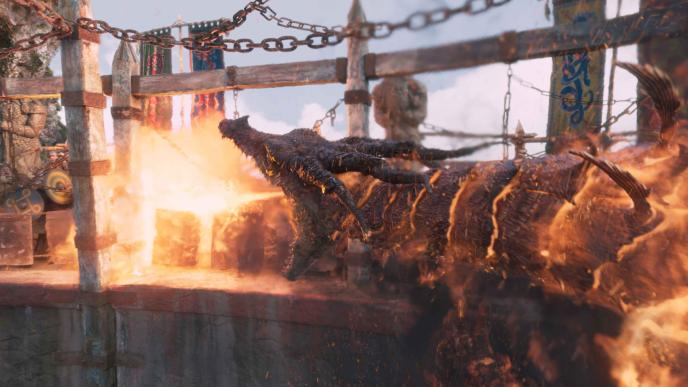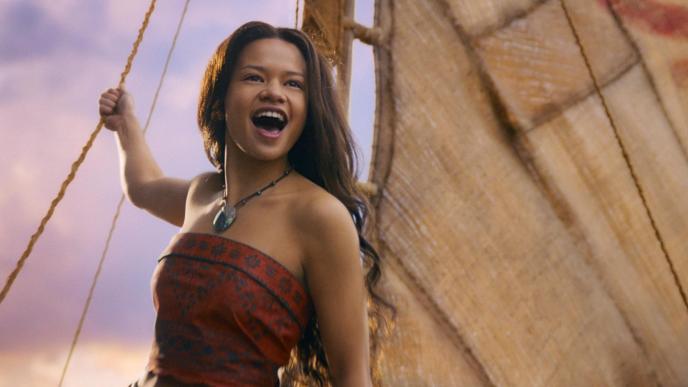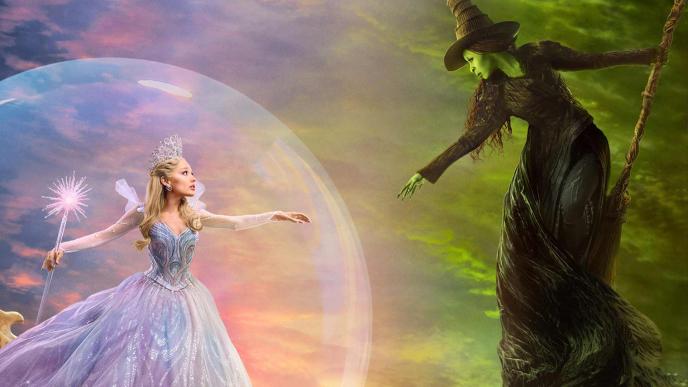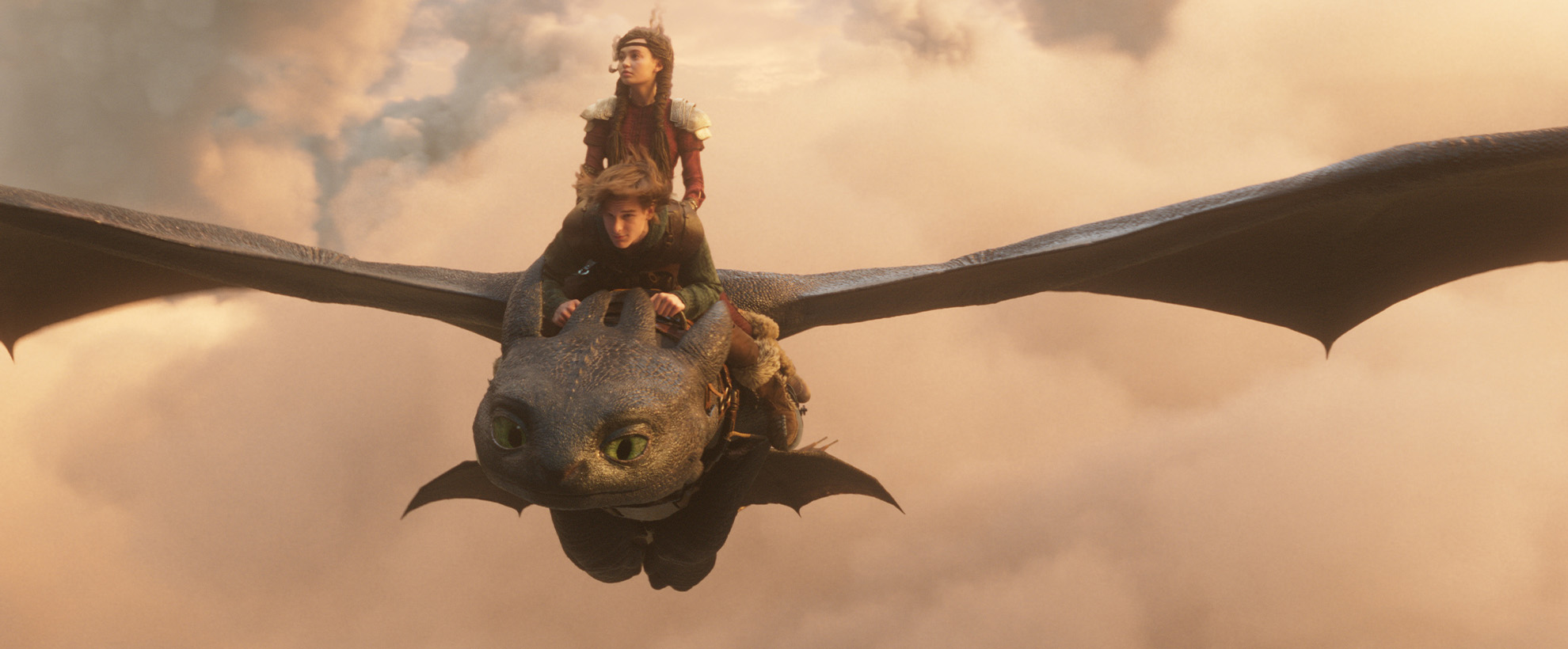
How To Train Your Dragon
How To Train Your Dragon is one of the 2025’s most raved-about blockbusters, and bringing it to life demanded a peerless mix of technical innovation, deft artistry and deep filmmaking knowledge. Oscar, Emmy and BAFTA-winning studio Framestore provided a beginning-to-end creative offer, from concept art, visual development, previs, techvis and postvis through to over 1400 shots of complex final VFX, led by Production VFX Supervisor Christian Manz, and VFX Supervisors Andy Kind, Francois Lambert, Dominic Hellier, and Glenn Melenhorst.
“Taking on a project like this is a great responsibility,” says Production VFX Supervisor Christian Mänz. “The animated film is rightly regarded as a classic, and we knew if we were going to do justice to the story, the characters and the world of Berk then everything needed to be perfect. We wanted people to fall in love with the story - either for the first time or all over again - so we needed the audience to believe Toothless and his fellow dragons were living, breathing creatures. We also needed to make audiences feel like they were up there, soaring up through the clouds and hurtling along those rugged coastlines with Hiccup and Astrid.”
Early days
Mänz was part of the film’s journey from the get-go, overseeing early concept art and accompanying the likes of Director Dean DeBlois and DOP Bill Pope on helicopter recces in Iceland, Scotland and The Faroe Islands. “Flying so close to cliffs and canyon walls meant some of those recces felt thrilling and very seat-of-the-pants, something we know would be essential when it came to giving the film a sense of white-knuckle reality,” says Christian. “It meant we all knew exactly how we wanted audiences to feel when Hiccup flies on Toothless: a sense of wish fulfilment mixed with hold-on-for-dear-life thrills.”
Enter the dragon
Key, of course, to making the film such a roaring success were the dragons themselves, and one dragon in particular: Toothless. “Toothless is not just a popular character but a genuinely beloved one,” says Christian. “We had to make him a believable part of the rugged, lived-in world Dean was creating but also retain that soulful spark that people love so much.” Before work began on the film proper, Christian, alongside Framestore’s Global Director of Animation, Michael Eames and Global Head of Visual Development, Owen Jackson, embarked on a three-month development period wherein they explored everything from the dragon’s size, scale types and anatomical proportions to real-life references - salamanders, lizards, black panthers - that would ensure he was suitably animalistic and ‘real world’ while maintaining the essential spark that ensured Toothless stayed, well, Toothless.
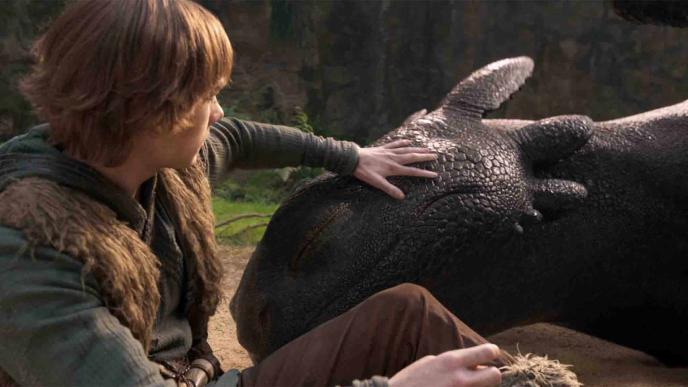
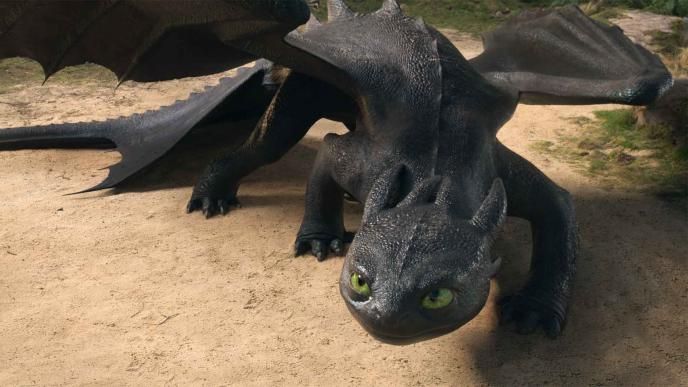
While the original animation remained the touchstone for Toothless, the film’s additional dragons offered more creative leeway. Concept artists Sam Rowan, Rob Bliss, and Paul Catlin worked on the Deadly Nadder, Monstrous Nightmare, Red Death, Gronckle, Hideous Zippleback and Terrible Terror, distilling the essential characteristics and quirky traits of the animated originals and balancing them with the need to make them believable foils and foes for the denizens of Berk.
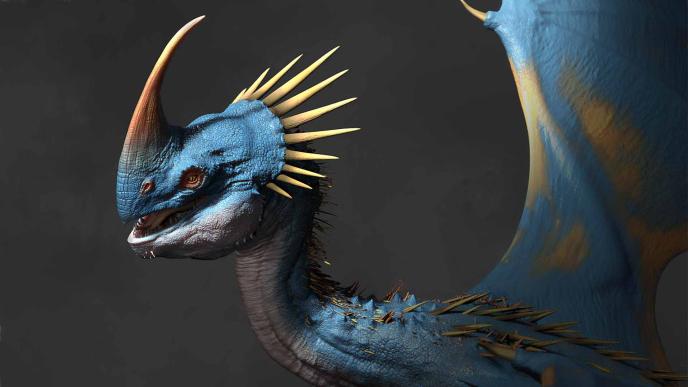
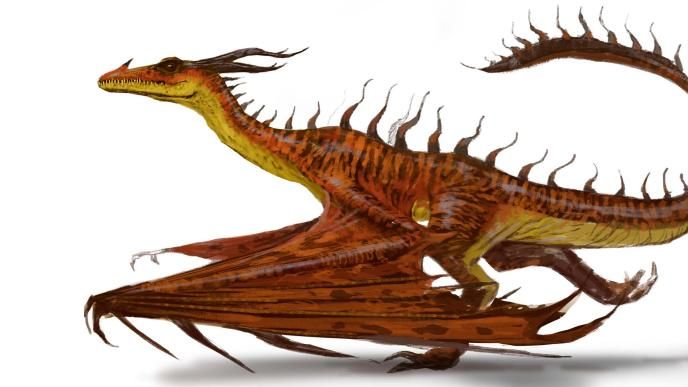
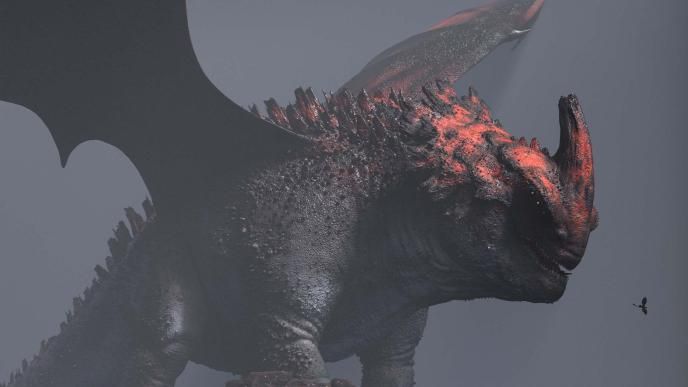
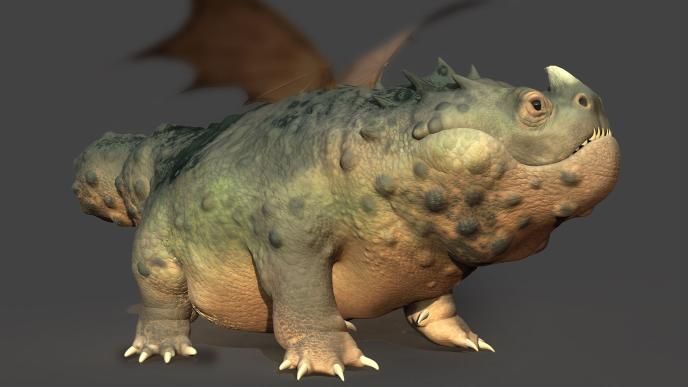
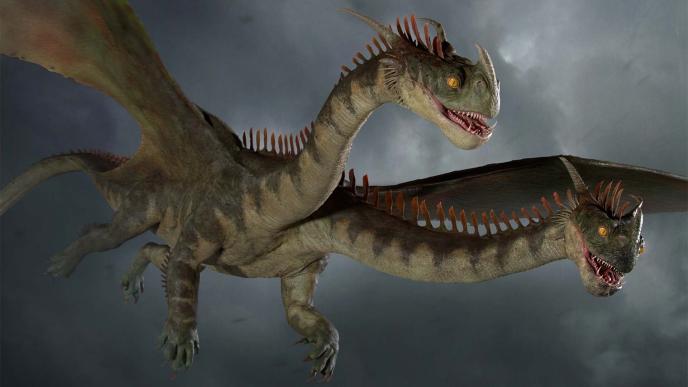
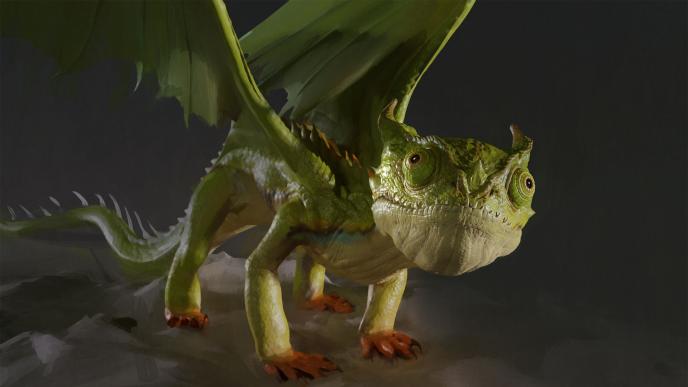
And then there was motion
Christian and the film’s Production Animation Supervisor Glen McIntosh worked with Framestore’s animation teams in London, Montréal and Melbourne to ensure each dragon moved, behaved and interacted believably with the people, props and world around them. Basing them on anatomically-correct skeletal and muscle systems ensured each dragon moves believably and possesses a sense of physical heft, be it the lithe, big cat slink of Toothless or the more comedic, bumblebee-esque movement of the Gronckle. “You always look to real life in the first instance because, to put it bluntly, you’re never going to be able to one-up Mother Nature,” says Animation Supervisor Kayn Garcia (London). “We looked to everything from bats and hawks to axolotls and komodo dragons for inspiration, distilling all of those incredible complexities down into a unique style and language from which we could guide the animated performances.”
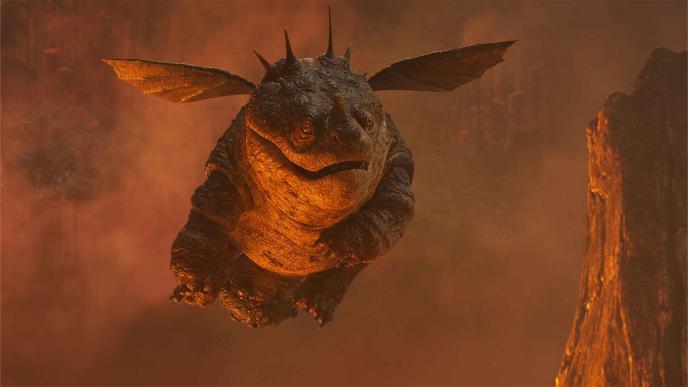

We have lift-off
Bringing the dragons to life was one thing, but getting them airborne - and imbuing each flight with the visceral quality of those early helicopter recces - was another. Framestore had pioneered the use of ride-on gimbals with Dinotopia, and projects like Harry Potter and the Prisoner of Azkaban and The Golden Compass (which won the studio its first Oscar) drove the tech forward and ensured their use became the industry standard. How To Train Your Dragon presented an opportunity to push the envelope yet further, bringing together a brain trust of the film’s VFX, SFX, animation and previs teams to craft a heightened sense of realism. “I wanted us to get away from the overly regimented, pre-baked nature of things so we could lean into the actors’ performance and capture those happy accidents that add so much to the finished film,” explains Christian. “Rather than VFX micromanaging the process and expecting the actors to hit very specific timings, we developed bespoke articulated bucks on top of six axis gimbals for each dragon. We were able to play back flight cycles accurately, but also blend them, speed them up and puppeteer them manually using a Waldo control system. This meant we could respond to or riff on what the cast were doing during the shoot, allowing for a more organic and collaborative process between cast and crew.”
Actor and dragon were then wedded to the film’s epic full CG environments, from the towering sea stacks and craggy cliff faces to the churning water below. “We actually developed a new ocean system in Houdini for the film,” says VFX Supervisor Andy Kind (London). “This meant we were able to fully choreograph the waves as Hiccup and Toothless soared past them to really heighten the sense of drama and risk.”
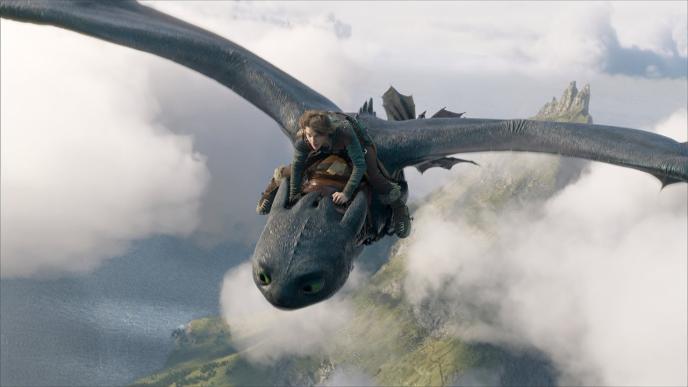
Master of puppets
Along with ensuring the dragons could realistically inhabit the world that Dean, Christian and the filmmaking team were creating, it was essential to craft a strong emotional bond between Hiccup (Mason Thames) and Toothless. “They’re the heart and soul of the film,” says Christian. “The way the trust and friendship between them develops is a huge part of what audiences love about the story.” Christian had pioneered the use of on-set puppetry with the Fantastic Beasts films, finding that cast and crew alike responded far better when they had the push-and-pull of a true physical representation to interact with. Based on Framestore designs, modular versions of the dragons were crafted by London-based puppet and creature makers Stitches and Glue, with Christian’s long-time collaborator and Creature Puppetry Supervisor Tom Wilton and his team ‘becoming’ the dragons on set. “Tom and his team are so talented that you quickly forget they’re even there,” says Christian. “There’s a near-automatic suspension of disbelief - it’s like being part of a theatrical performance.”
This meant Framestore’s animators had grade-A reference footage to work with. “It makes all the difference in the world,” says Kayn. “Not only do you have the technical benefits - realistic eyelines, interactions etc. - but there’s also an emotional truth to the scenes that really spurred us on as artists. We wanted to ensure the dragons’ performances were nuanced and heartfelt so they could match those of the human cast.”
Interestingly, while the film’s animators and VFX artists benefitted from the analog on-set techniques, the film’s puppeteers were, in turn, guided by Framestore’s cutting-edge tech. “The FPS team’s Farsight Go system really came into its own,” says Kayn. “Not only were the team able to ensure these huge dragons were in frame and lit as they needed to be, but because they incorporated our animation work we were able to advise the puppeteers on things like pose and pace. The whole process was a virtuous circle that drew from crafts that are both very old and very, very new.”
The extended cast
This level of thought and detail, of course, extended to the film’s wider cast of dragons. “Dean had described the Gronckle as ‘a drone carrying a sack of potatoes’,” says Andy. “Despite being dangerous there’s a lot of comedy to the Gronckle’s performance and personality: you’ve got the rattly, seemingly chaotic flight pattern of a bumblebee - which we ported over to Julian Dennison’s gimbal - mixed with the flabby strength of a hippo and the slobbery qualities of a French bulldog.”
Rather less amiable was the Monstrous Nightmare, which lived up to its name by virtue of crocodilian features and movements. “The Nightmare was quite hemmed in by the arena environment we built,” says VFX Supervisor Dom Hellier (Melbourne). “This was by design - the tight, cramped space makes it clear how bulky and dangerous the dragons are, and how ill-adapted they are to where they’re being held captive - but it also presented a challenge in terms of conveying the right level of threat and menace. We worked hard to make sure every creeping moment and every strained flex of the wings felt plausible, and that the Nightmare was very much inhabiting the environment even though it really didn’t want to be.” Adding to danger was the fact that the Monstrous Nightmare was able to excrete and breathe a liquid Napalm like fire. “The simulation work was off the hook,” says VFX Supervisor Glenn Melenhorst (Melbourne). “As well as the flamethrower blast of its breath, every single aspect of the fire - the globs that dripped from its scales or from its wings, the magma glowing between its scales, the ground fire at its feet - required its own specific sim, with these in turn having knock-on effects with other simulated elements like the dust on the ground and the wind blowing through the arena.”
If these dragons ultimately prove trainable, there was always going to be one who could never be brought to heel: The Red Death. A menacing, looming presence for much of the film, her true size and hideousness are only revealed during the climactic third act when she erupts from her desolate lair. “The Red Death is easily the biggest creature Framestore has ever brought to life,” says VFX Supervisor Francois Lambert (Montréal). “She’s an incredible feat of animation, but she’s also an environment in her own right: cratered, mountainous and dwarfing absolutely everything else around her.” Such is the Red Death’s size that she is rarely seen in frame, instead caught in glimpses as she devastates Stoick’s forces and the surrounding environment. Framestore’s proprietary Farsight Go tool once again called upon to ensure the action on set properly took her monstrous scale into account, with standalone sets built to represent the ridge of her snout and her eye and cavernous mouth. “Dean mentioned her having the demeanour of a scarred old lion who’s been through the wars but definitely isn’t down for the count,” says Francois. “There’s a sort of grudgingness about her as she takes on the Vikings, and you can genuinely feel the effort it takes to get her up into the air.” The results are frankly stunning, providing an amped-up, red-hot finale to a film that provided Framestore’s global team with some of its most exciting challenges.
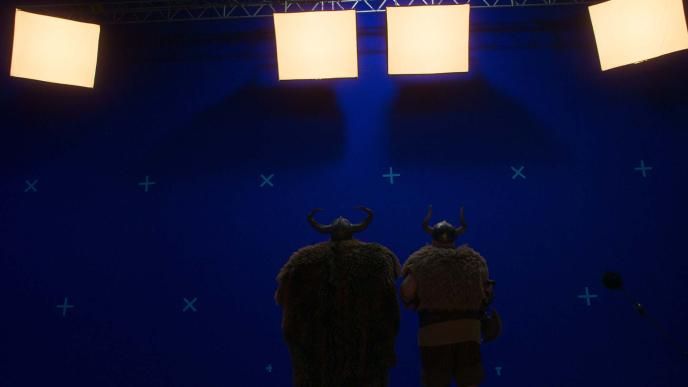
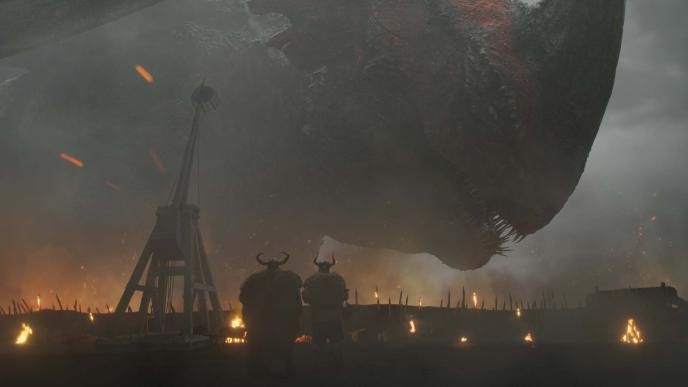
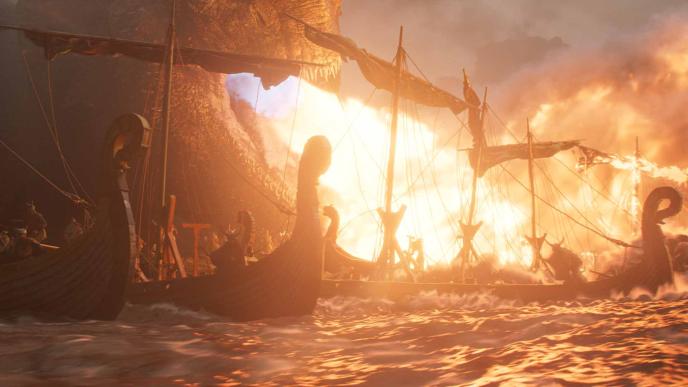
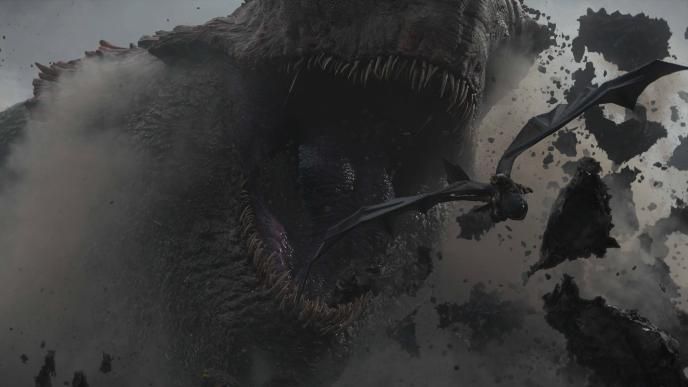
Press
‘How to Train Your Dragon’ Director Dean DeBlois Details the Making of His Live-Action Flight of Fantasy - Animation Magazine
How To Train Your Dragon Trailer Builds The Bond Between Hiccup And Toothless - Empire
‘How to Train Your Dragon’ Sneak Peek: A More Visceral and Immersive Live-Action Remake - IndieWire
'Digging deeply into VFX for the live-action How To Train Your Dragon' - VFX Voice

